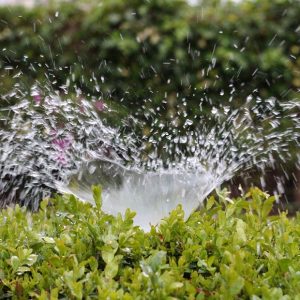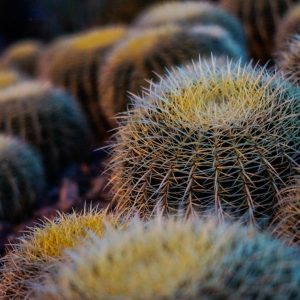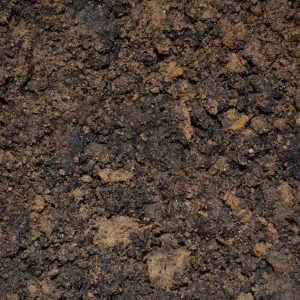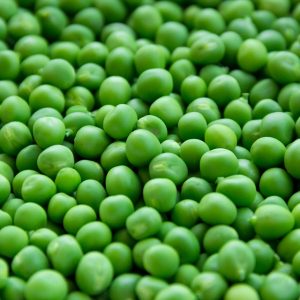Start Your Own Vineyard? Or work in a vineyard or learn more about the commercial production of grapes with this in depth certificate in viticulture.
- Understand grape production for wine, drying and fresh fruit.
- Study in your own time and at your own pace.
- All tutors are highly experienced and qualified.
Learn to Manage or work in a vineyard
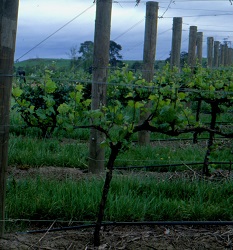 Do you want to start your own vineyard?
Do you want to start your own vineyard?
- Increase your knowledge of viticulture?
We can help you!
A course for people working, or intending to work, in the production of grapes. This course is similar to other VHT002 horticulture certificates in its introductory (core) units, but devotes 50% of the course to topics specifically related to the production of grapes for wine, drying or as fresh fruit.
“This is a detailed course in the production of grapes, developed by a team of professional horticulturists from both the UK and Australia”. John Mason FCIH, FAIH
Course Content and Structure
- Introduction to Plants
- Plant Culture
- Soils and Nutrition
- Plant Identification and Use
- Pests, Diseases and Weeds
Full Course Duration: 700 hours
Core lessons are grouped into the following units.
1. Introduction to plants (40 hours)
The purpose of this study area is to explain the binomial system of plant classification and demonstrate identification of plant species through the ability of using botanical descriptions for leaf shapes and flowers.
Aims
- Describe the relevant identifying physical features of flowering ornamental plants.
- Demonstrate how to use prescribed reference books and other resources to gain relevant information.
- Dissect, draw and label two different flowers.
- Collect and identify the shapes of different leaves.
- Demonstrate how to identify between family, genus, species, variety and cultivar.
2. Plant culture (60 hours)
The purpose of this study area is to demonstrate the ability to care for plants so as to maintain optimum growth and health while considering pruning, planting, and irrigation.
Aims
- Describe how to prune different plants.
- Demonstrate how to cut wood correctly, on the correct angle and section of the stem.
- Describe how to plant a plant.
- Demonstrate an awareness of different irrigation equipment, sprinklers, pumps and turf systems available by listing their comparative advantages and disadvantages.
- Demonstrate competence in selecting an appropriate irrigation system for a garden, explaining why that system would be preferred.
- Define water pressure and flow rate and how to calculate each.
- Explain the need for regular maintenance of garden tools and equipment.
- List factors that should be considered when comparing types of machinery for use in garden maintenance.
3. Soils and plant nutrition (50 hours)
The purpose of this study area is to provide students with the skills and knowledge to identify, work with, and improve the soil condition and potting mixes, and to evaluate fertilisers for use in landscape jobs to maximize plant growth.
Aims
- Describe the soil types commonly found in plant culture in terms of texture, structure and water-holding and nutrient holding capacity.
- Describe methods of improving soil structure, infiltration rate, water holding capacity, drainage and aeration.
- List the elements essential for plant growth.
- Diagnose the major nutrient deficiencies that occur in ornamental plants and prescribe treatment practices.
- Describe soil pH and its importance in plant nutrition.
- Describe the process by which salting occurs and how to minimise its effect.
- Conduct simple inexpensive tests on three different potting mixes and report accordingly.
- Describe suitable soil mixes for container growing of five different types of plants.
- List a range of both natural and artificial fertilizers.
- Describe fertilizer programs to be used in five different situations with ornamental plants.
4. Introductory propagation (40 hours duration)
The purpose of this study area is to improve the student’s understanding of propagation techniques with particular emphasis on cuttings and seeds. Other industry techniques such as grafting and budding are also explained.
Aims
- Demonstrate propagation of six (6) different plants by cuttings and three from seed.
- Construct a simple inexpensive cold frame.
- Mix and use a propagation media suited to propagating both seed and cuttings.
- Describe the method and time of year used to propagate different plant varieties.
- Describe and demonstrate the steps in preparing and executing a variety of grafts and one budding technique.
- Explain the reasons why budding or grafting are sometimes preferred propagation methods.
5. Identification and use of plants (60 hours)
The purpose of this study area is to improve the student’s range of plant knowledge and the plant use in landscaping and the ornamental garden, and the appreciation of the different optimum and preferred growing conditions for different plants.
Aims
- Select plants appropriate for growing in different climates.
- Select plants appropriate to use for shade, windbreaks, as a feature, and for various aesthetic effects.
- Categorise priorities which effect selection of plants for an ornamental garden.
- Explain the differences in the way plants perform in different microclimates within the same area.
- List and analyze the situations where plants are used.
6. Pests, diseases and weeds (50 hours)
The purpose of this study area is develop the student’s ability to identify, describe and control a variety of pests, diseases and weeds in ornamental situation, and to describe safety procedures when using agricultural chemicals.
Aims
- Explain in general terms the principles of pest, disease and weed control and the ecological (biological) approach to such control.
- Explain the host pathogen environment concept.
- Describe a variety of pesticides for control of pests, diseases and weeds of ornamental plants in terms of their active constituents, application methods, timing and rates, and safety procedures.
- Photograph or prepare specimens, identify and recommend control practices for at least five insect pests of ornamental plants.
- Photograph, sketch or prepare samples, identify and recommend control practices for three non insect ornamental plant health problems (e.g. fungal, viral, bacterial).
- Describe the major ways in which diseases (fungal, viral, bacterial and nematode) affect turf, the life cycle features that cause them to become a serious problem to turf culture and the methods available for their control.
- Identify, describe and recommend treatment for three different weed problems.
- Collect, press, mount and identify a collection of ten different weeds, and recommend chemical and non-chemical treatments which may be used to control each.
- List and compare the relative advantages and disadvantages of different weed control methods
STREAM STUDIES
 he Viticulture stream is divided into the following:
he Viticulture stream is divided into the following:
1. Introduction To Viticulture
2. Introduction To Grapevines
3. Propagation Of Grapevines
4. Improving Grape Quality
5. Climate & Other Factors In Siting Vineyards
6. Grape Varieties & Selection
7. Establishing A Vineyard
8. Harvest & Post-harvest Handling
9. Managing A Vineyard
10. Machinery & Equipment
11. Irrigation
12. Plant Nutrition
13. Agricultural Chemicals
14. Supervision
15. Increasing Efficiency
Stream Unit Aims:
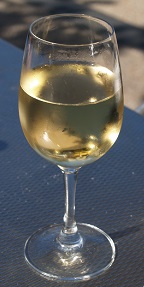 Describe the nature and scope of the Viticulture industry throughout the world.
Describe the nature and scope of the Viticulture industry throughout the world.- Explain the physiology of the grape and the physiological processes of the plant.
- Outline propagation techniques used for grapevines.
- Describe the processes behind the improvement of grape quality (including pest and disease problems).
- Outline the climatic and other factors that should be considered in selecting a site for a vineyard.
- Describe commonly grown grape varieties that would and would not be suitable for growing in your area.
- Develop a procedure to establish a vineyard.
- Outline the harvesting and post handling procedures for grapes.
- Outline the management procedures and work program for a vineyard.
- Describe the type of equipment you will need to set and manage a vineyard.
- Outline irrigation equipment and procedures required in a vineyard.
- Explain plant nutritional requirements and outline a fertiliser program for a vineyard.
- Outline the characteristics of pesticides and herbicides and health and safety procedures for their use.
- Outline the supervisory structure in a vine yard.
- Outline methods of how to increase efficiency in a vineyard.


